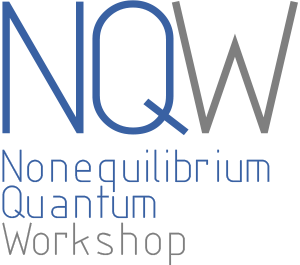- Invited talk
Daniele Fausti: Cavity-Mediated Thermal Modulation of the Metal-to-Insulator Transition in 1T-TaS2
This seminar will focus on the potential of cavity electrodynamics in shaping material properties, opened by on our recent investigation into cavity-mediated thermal control of the metal-to-insulator transition in 1T-TaS2, which demonstrated the feasibility of reversible cavity manipulation of a phase transition in a correlated solid-state material.By immersing the charge density wave material 1T-TaS2 into cryogenic tunable terahertz cavities, we unveil a remarkable shift between conductive s...


